Hungary for new cultures
The Journal and Hungarian students learn about each other during a Google Meet on Sept. 30
The google meet is presented on the smart board for the whole class to see. The Hungarian students are eager to learn.
Excitement and eagerness filled The Journal classroom as the staff prepared to talk to other students across the world. Around 40 students from SHS and Kőbányai Szent László Gimnázium high school all met together with hopes of learning a little bit more about each other’s schooling and community.
A few years ago, orchestra teacher Thomas Wright worked for an organization that taught English in other countries. After teaching English in Hungary, Wright’s friend gave him the idea of connecting Hungarian students to American students and learning more about each other.
“I liked the idea and I thought it would be a good idea for yearbook or journalism,” Wright said.
Upon hearing this plan, Journal adviser, Michael Klopfenstein met with Hungarian teacher Réka Székely to put Wright’s idea into action. They exchanged multiple emails to ensure that everything would go smoothly.
On Sept. 30, the plan was finally put into action. Multiple journal reporters and editors volunteered to talk to other students about their daily, cultural and school lives. As Klopfenstein began the Zoom meeting, Journal students separated into breakout rooms.
With excitement and eagerness to meet Hungarian students, The Journal students started asking questions, whether it regarded school or languages.
In one of the breakout sessions, students were able to learn about the different languages that were being offered in each other’s schools.
Sophomore Ayslin Bowman was one of the journalists attending the Google Meet and was fairly nervous about maintaining conversation.
Along the way, Bowman learned about the different languages that students were taught in Hungary. She takes a second language but considers herself not as advanced as the Hungarian students, remarking how articulate they were with their English.
“I take French and I would definitely not be that good at French,” Bowman said. “I was pretty amazed at how good their English was.”
Kristóf Kuti, a sophomore from Hungary, also learned about the different language options that were available in SHS.
“I got to know that you can learn Spanish and German as a foreign language,” Kuti said. “We can learn the addition of Italian, Russian and French as well.”
Sophomore Kevin Rogers,Business Manager for The Journal, was also on the Google Meet. Though other members found contrast between the systems, he expresses his thoughts on how similar both schools are.
Armin Kovacs, a sophomore from Hungary, felt the same way as Roger. He was surprised at how the American school system refers to the years of classes by names such as freshman, sophomore, junior and senior more often than grades 9 to 12.
Another aspect of American schooling that was a shock to him was how classes can have a combination of students from different grade levels.
“We don’t have classes with students from upper or lower grades, which was interesting to hear,” Kovacs said.
Another difference between the two school systems is within the student council systems.
At SHS, student council members are elected for the year. The ranking system parallels American politics with a president, vice president, secretary and treasurer.
According to Patrik Kaczur, the Kőbányai Szent László Gimnázium student council system has one overall president, five section leaders and around 72 representatives.
Both groups of students from each school learned many new things. Klopfenstein hopes to make this meeting an annual event. Many of The Journal staff and Hungarian students are looking forward to having another discussion again in the future.
When reflecting on the full experience, Rogers mentions what he learned.
”I learned that people, even though they might be a world apart from us, (their life is) not as different as you might have thought.” Rogers said.
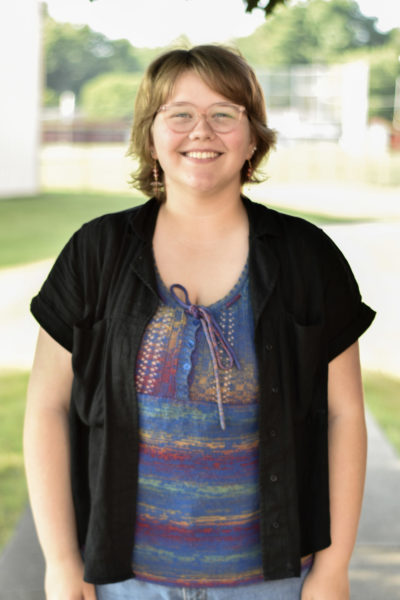
Nearly three years ago, on a fateful day in the spring of my freshman year I voted “Yes” on a Journal instagram poll about interest in making graphics....


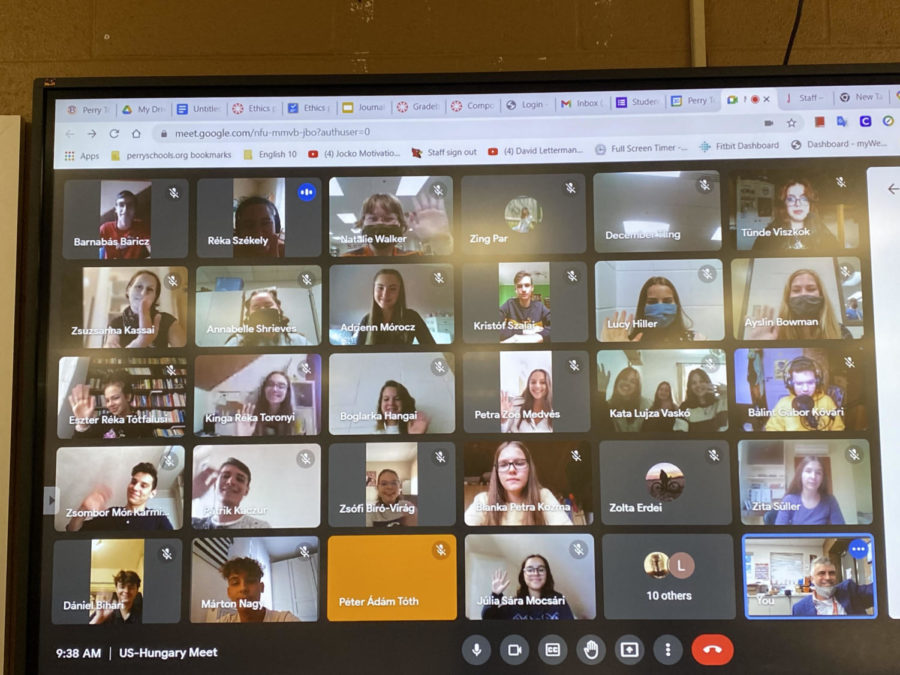
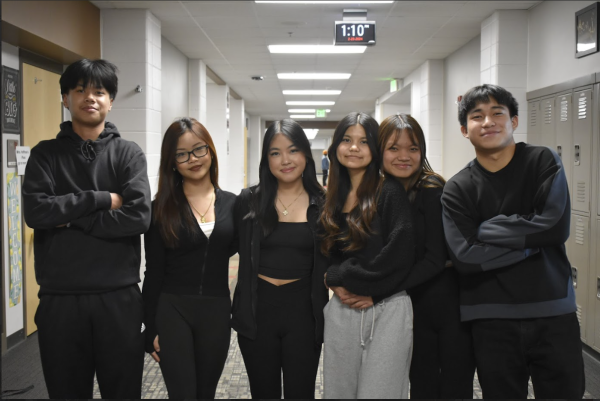

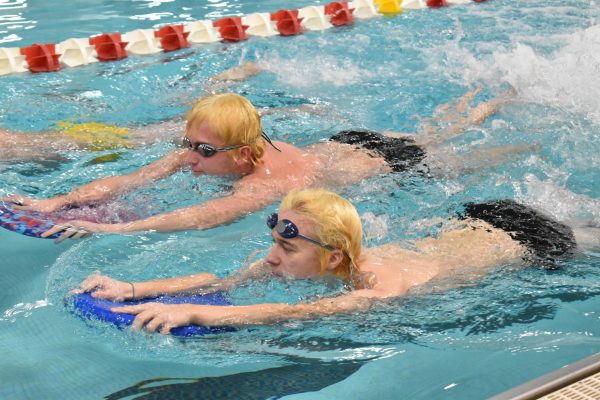
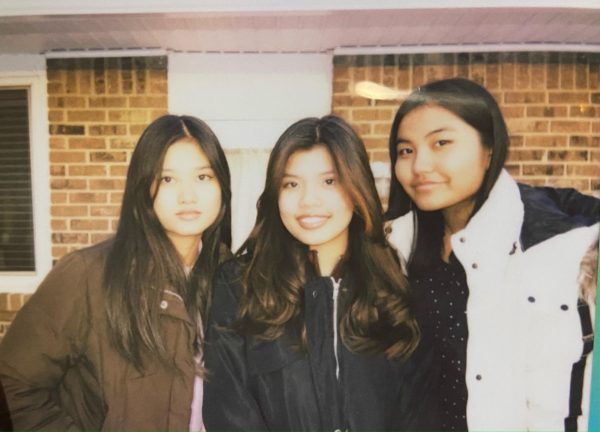
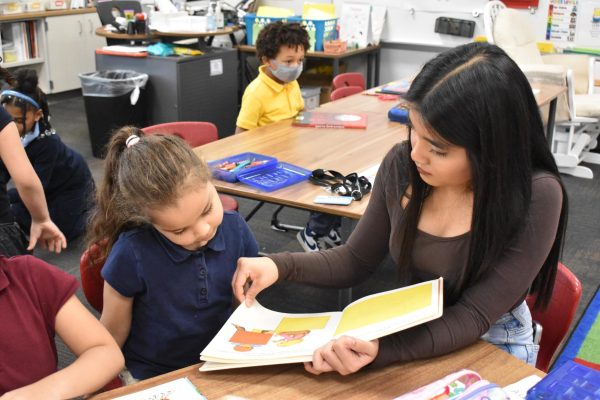


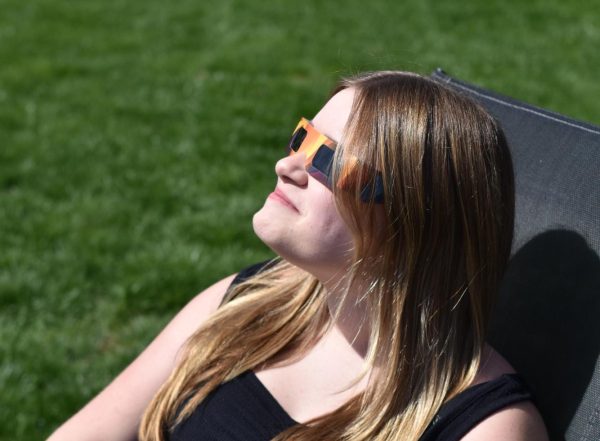
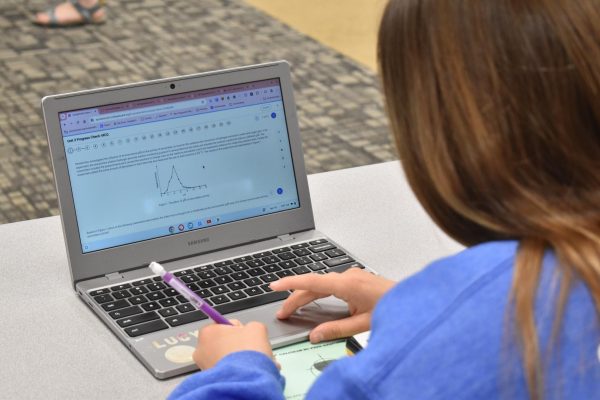
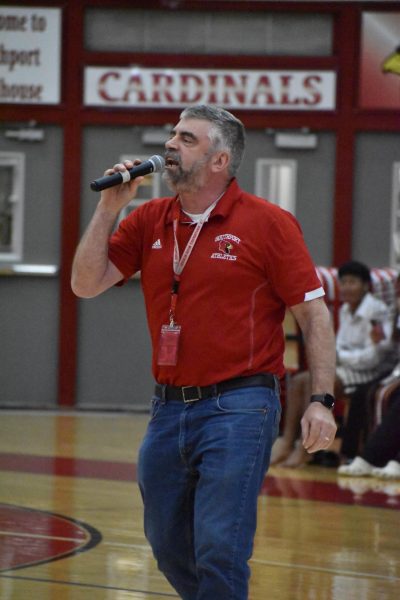
Van Par • Oct 6, 2021 at 11:56 am
Awesome article! That is so cool you guys were able to interact with students from a different country. Thanks for sharing!